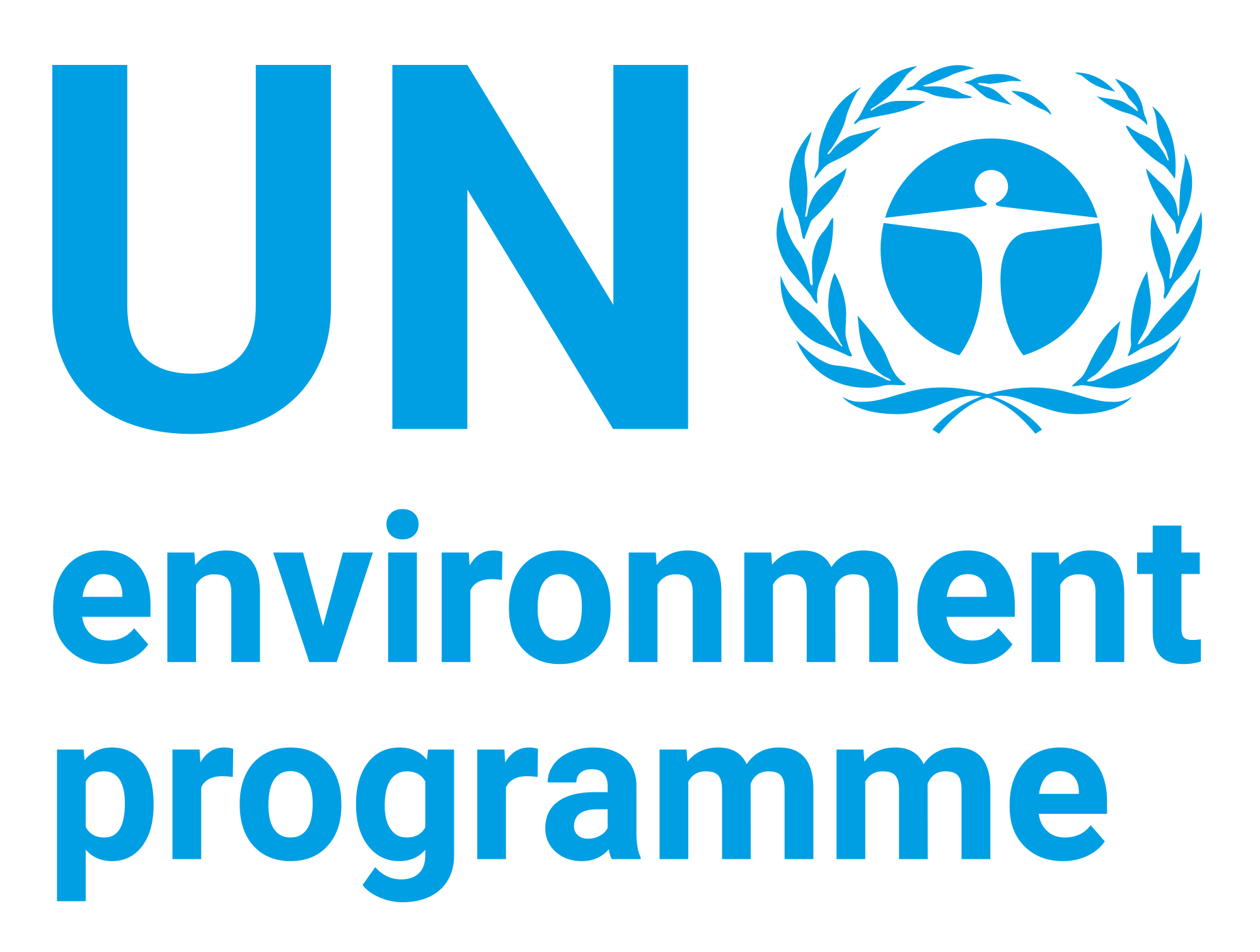| dc.contributor | Economy Division | en_US |
| dc.contributor.author | United Nations Environment Programme | en_US |
| dc.date.accessioned | 2020-09-30T10:02:35Z | |
| dc.date.available | 2020-09-30T10:02:35Z | |
| dc.date.issued | 2020 | |
| dc.identifier.uri | https://wedocs.unep.org/20.500.11822/33951 | |
| dc.description | Valuing every bit of the food that has been produced means taking it to its full potential, making every bite a delight. This very approach has given us some of the world’s most delicious, iconic dishes. Think about French toast, Italian ravioli, fried rice or pickles, but also many more local traditional ones. They all are creative responses to reducing waste, honoring the farmer’s work and nature while reducing cost. In this lesson, you will learn about food waste and then try making some recipes utilizing ingredients that might have otherwise been wasted. | en_US |
| dc.format | Text | en_US |
| dc.language | English | en_US |
| dc.rights | Public | en_US |
| dc.subject | waste management | en_US |
| dc.subject | food | en_US |
| dc.subject | food reserve | en_US |
| dc.subject | sustainable consumption | en_US |
| dc.title | Saving the Scraps: Reducing Food Waste in the Kitchen - The Edible Schoolyard Project | en_US |
| dc.type | Manuals, Guides and Toolkits | en_US |
| wd.identifier.sdg | SDG 2 - Zero Hunger | en_US |
| wd.identifier.sdg | SDG 12 - Responsible Consumption and Production | en_US |
| wd.tags | Food Waste | en_US |
| wd.topics | Chemicals and Pollution Action | en_US |
| wd.topics | Resource Efficiency | en_US |
| wd.identifier.pagesnumber | 16 pages | en_US |


